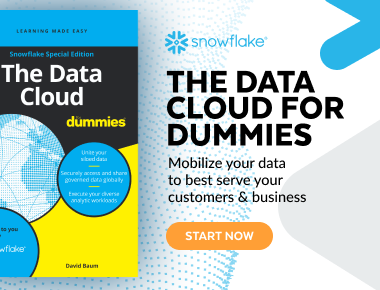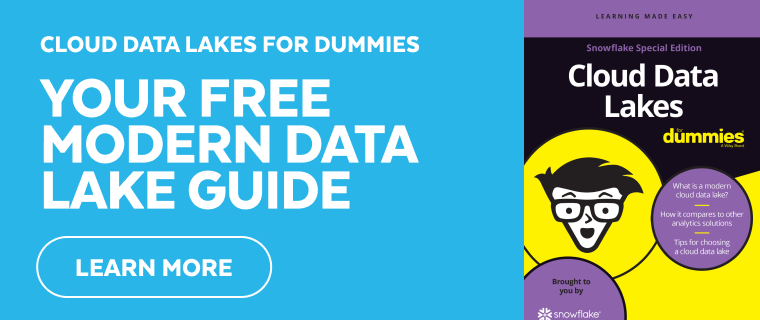Predictive Analytics in Healthcare
Much of healthcare’s success depends on the ability to identify risk and predict what might happen in the future based on a variety of factors in different scenarios. Predictive analytics in healthcare can evaluate risk quickly and increase the accuracy of predictions significantly. Today, over 60% of healthcare organizations are using predictive analytics to improve patient health outcomes, make practices more efficient, speed clinical trials, and more.
What Is Predictive Analytics in Healthcare?
Predictive analytics uses a variety of techniques, including data mining, predictive modeling, and machine learning to analyze current and historical data to forecast possible outcomes and predict how likely those outcomes are. Healthcare organizations use predictive analytics to customize treatment and therapies precisely to each patient. For example, predictive analytics in healthcare can identify a patient’s risk of developing a specific disease and forecast a patient’s response to a particular treatment based on their social risk factors, genetics, individual medical history, and living environment.
Benefits of Predictive Analytics in Healthcare
Healthcare organizations are using predictive analytics in a variety of ways to achieve three key objectives. Let’s explore each of the benefits offered by using predictive analytics in healthcare.
Data-Driven Decision-Making
First and foremost, predictive analytics significantly improves decision-making. Physicians and providers can have greater confidence in their decisions because they’re based on a strong collection of facts. Using predictive analytics also reduces the cognitive load of decision-making since physicians and providers can make good decisions more quickly and aren’t second-guessing themselves afterward, wondering if they took all factors into account.
Improves patient outcomes
Predictive analytics can improve health outcomes. Machine learning algorithms can evaluate data related to the outcomes of past patients and compare risk factors and other patient data to identify what treatments are likely to work most effectively for a given patient.
Healthcare analytics can also identify warning signs to look for that indicate when a particular health condition is likely to become severe. With this information, healthcare professionals can begin treatment immediately, increasing a patient’s chances of recovery.
Additionally, predictive analytics helps physicians identify patients who are at risk of developing chronic illnesses. These patients can then receive appropriate preventative care and be monitored for disease development.
Decreases burden on healthcare professionals
Because predictive analytics relies on artificial intelligence and machine learning to mine vast amounts of data, it decreases the time and effort that healthcare professionals must spend manually searching for information and evaluating it. While professional assessment is, of course, essential, predictive analytics can lay the groundwork, reducing the work needed to deliver effective care.
Expands healthcare access
As a direct result of the decreased workload, healthcare professionals have more time available to see patients. As more availability opens up, wait times are significantly reduced. More patients are able to access a practice or system that uses predictive analytics, and patients are able to receive care sooner.
Use Cases for Predictive Analytics in Healthcare
To get a clearer picture of exactly how predictive analytics is being applied to healthcare, let’s take a look at a few use cases.
Increasing patient engagement
According to the Centers for Disease Control and Prevention, “a growing body of evidence shows that people with higher patient activation (i.e., the knowledge, skills, and confidence to become actively engaged in their healthcare) have better health outcomes.” More healthcare organizations are seeking to increase patient engagement, and they can use predictive analytics to identify what actions are likely to increase engagement based on a variety of factors, including patient population.
Prevention and treatment of chronic diseases
Healthcare providers can use predictive analytics to identify patients who have risk factors for developing chronic illnesses early in the disease’s progression. With early identification, physicians can begin preventative care that’s most likely to help patients avoid developing long-term health problems or complications. Risk scores can be assigned based on a variety of relevant data, including family history, biometric data, lab tests, and patient population data.
Reducing hospital readmissions
Hospital readmissions are a leading healthcare concern. Readmissions obviously impact quality of care, and they also significantly increase healthcare costs. In 2018 alone, there were 3.8 million 30-day all-cause adult hospital readmissions, with a 14% readmission rate and an average readmission cost of $15,200. Predictive analytics can identify and signal to providers when a patient’s risk factors predict a high chance of readmission.
Predicting utilization
One of the most challenging tasks faced by hospitals and urgent-care practices is staff allocation. To appropriately assign sufficient staff to meet usage but not over-staff, providers must be able to predict utilization. Predictive analytics can model patient flow patterns and predict when utilization is likely to be high based on a variety of factors, giving organizations the opportunity to schedule appropriately.
Developing new treatments and therapies
Life sciences companies are using predictive analytics to develop new treatments and therapies. Modeling and simulation can help inform clinical trial design and predict clinical outcomes as well as evaluate the safety of medications and determine the most effective dosing.
Snowflake for Healthcare and Life Sciences
With the Snowflake Healthcare & Life Sciences Data Cloud, organizations now have the depth of insight, analytical power, and collaborative tools needed to operate efficiently and deliver the best results for patients. Snowflake allows data from multiple sources to be integrated on a single platform, making it easy to run advanced predictive analytics tasks.
Snowflake allows near-unlimited storage and computing capacity that enables faster analytics queries. Sensitive data is stored securely with built-in security and governance that supports HIPAA, HITRUST, SOC 1 and 2 Type II, PCI DSS, and FedRAMP (medium) requirements.
With the advantage of Snowflake’s powerful core platform capabilities, healthcare and life sciences organizations can focus on advancing medical innovation and delivering exceptional health outcomes while maintaining strict levels of data security, governance, and compliance.
Explore Snowflake’s capabilities for healthcare and life sciences and see what it can do.

